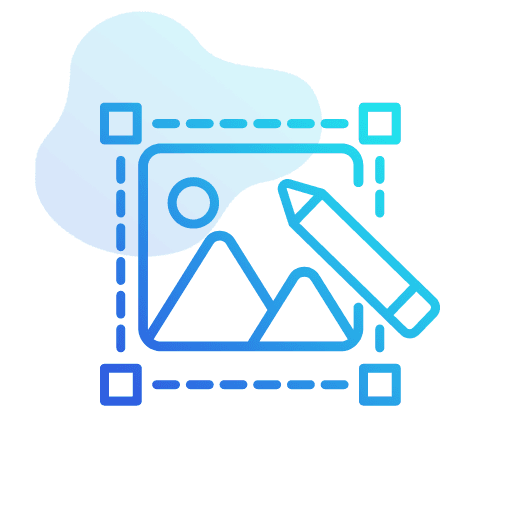Frequently Asked Questions (FAQ)
Everything you need to know about this course!
Who should take this course?
Anybody who wants to learn more about Big Data can take this course, regardless of how much or how little experience they have with Big Data.
Course Contents
Architecture Components
Artificial Intelligence
Beyond Big Data
Big Data Analytics Applications
Blockchain
Correlation
Data Aggregation
Data Analysis
Data Science
Data Visualization
Datafication
Drivers for Big Data
IBM Cognos Analytics
Implementations of Big Data Analytics
Implications of Data
Introduction & Overview
Introduction & OverviewAdvanced Analytics Platform
Large Language Model
Machine Learning
Risks and Control of Data
The Messiness of Data
The Volume of Data
Value in Data
How much computer knowledge does one need for this course?
Minimal. You don’t need to know any programming language. There will be resources on using Excel to help you organize the dataset for proper input into the analytics cloud-based program. There is also an extensive set of short videos on “How to use Cognos Analytics”.
Are there language requirements?
Learners should be able to read and write comfortably in English. However, we are currently working on translating this course into different languages.
How can I instruct students as a teacher?
Please fill out the application form on the home page as an instructor and contact us at our email address for further help and instructions.
I already know statistics Why should I learn Big Data?
Even if you already know statistics, learning Big Data is essential because it equips you to handle and analyze massive, often messy, real-world datasets that are not neatly structured or collected with a specific research goal in mind. While statistics focuses on drawing conclusions from well-organized data and answering the “why,” Big Data emphasizes uncovering patterns and trends—the “what”—often leading to predictive insights. In practice, most data you’ll encounter won’t be clean or purposefully gathered, so Big Data techniques are crucial for making sense of such information at scale. Statistics is just one tool within the broader Big Data toolkit, and expanding your knowledge to include Big Data allows you to apply analytical skills more broadly and effectively in real-world scenarios.


















